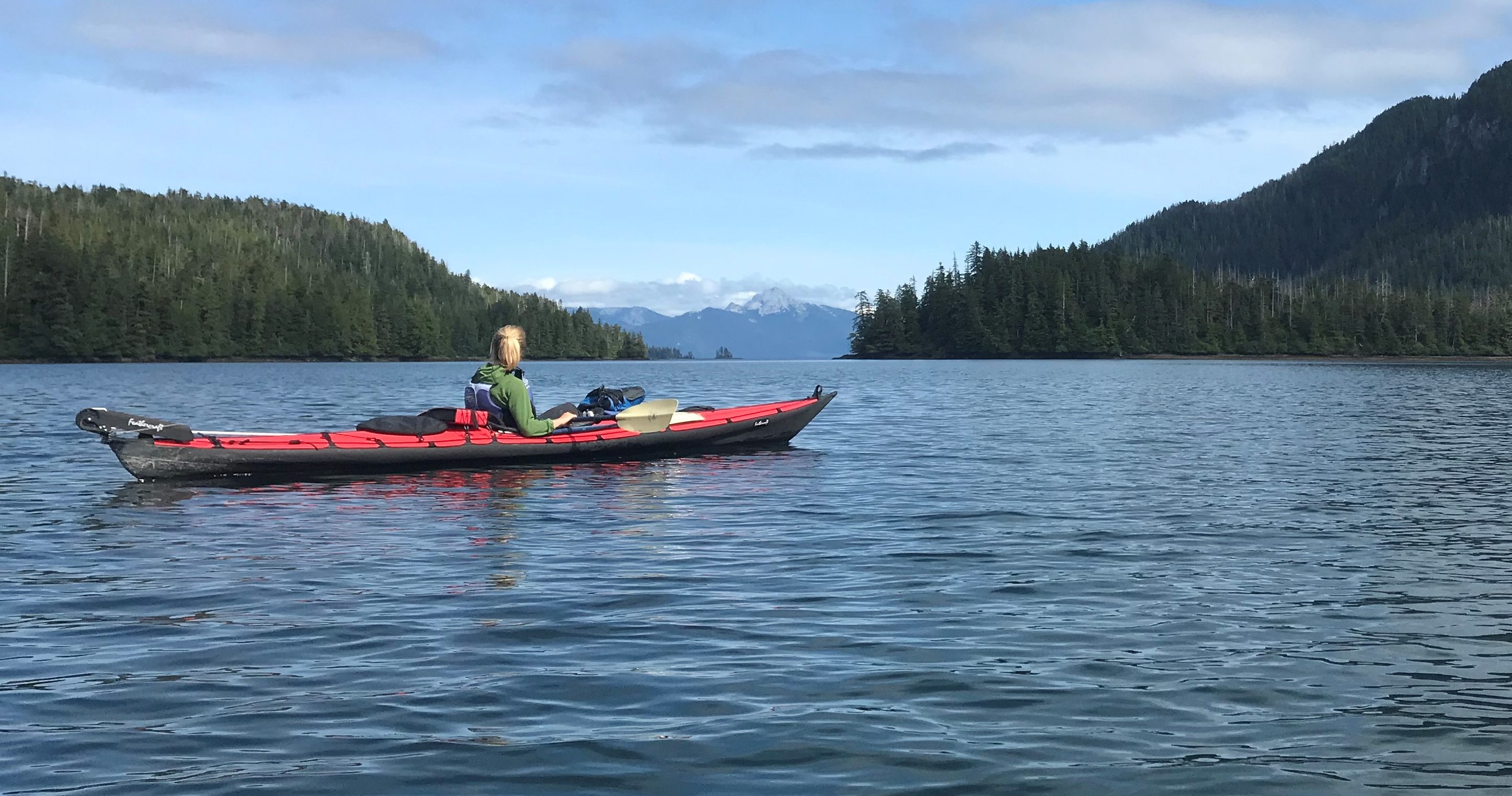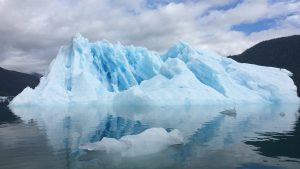
All the hype about Alaska is real: it is BIG, BEAUTIFUL, and WILD. I don’t know how to begin to describe it after that. Adjectives fail at capturing whatever *it* is here. I feel so lucky to have had the opportunity to live, work, and play here for the summer.
I’m a Masters candidate at Bard’s Center for Environmental Policy (CEP). I’ve spent the past year intensively taking coursework as part of Bard’s Environmental Science and Policy curriculum.
This summer I’m working for the Society for Wilderness Stewardship, a nonprofit whose mission is to promote excellence in the professional practice of Wilderness stewardship, science, and education to ensure the life-sustaining benefits of Wilderness. They sponsor a “Wilderness Fellowship,” which places fellows (like me!) in land management agencies to add capacity for Wilderness management. Therefore, I physically work out of the U.S. Forest Service’s Tongass National Forest office in Petersburg, Alaska, and help out with some management responsibilities regarding the Ranger District’s Wilderness areas.
Much of what I learned at Bard’s CEP has equipped me to get the most out of this experience. Primarily, Bard’s CEP coursework prepared me to understand the nitty-gritty legislation and gave me the research and writing skills I’ve needed this summer. Bard’s program helped me build a strong foundation of broad interdisciplinary knowledge in environmental policy that has been relevant in more ways than I expected. Applying my new skills and knowledge to “the real world” has been satisfying, especially when, at least for this summer, “the real world” means the Wilderness!
What is Wilderness with a capital “W” anyway?
“Wilderness” is a type of federal land designation; the National Wilderness Preservation System was established with the Wilderness Act of 1964. The Wilderness Act defines Wilderness as “an area where the earth and its community of life are untrammeled by man, where man himself is a visitor who does not remain.” Idealistically, Wilderness areas are the most intact, undisturbed, truly wild natural areas left in our country.
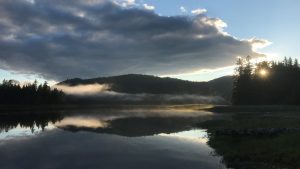
Here’s where it gets tricky. In order to maintain the wildness of these lands by minimizing human impacts, managers should avoid taking actions in the Wilderness that manipulate or develop the land in any way. It’s almost like the responsibility of Wilderness Managers is to avoid “managing” too much.
The Wilderness Act’s primary mandate for the multiple agencies that manage Wilderness is to preserve wilderness character; therefore the agencies needed a standardized way to evaluate their administrative actions and the outcomes in the Wilderness. However, to many people Wilderness is more than a bunch of data, it is an ideal, and whether it is being managed well or not has been pretty subjective in the past. That’s why, after decades of work, an interagency national team developed “Wilderness Character Monitoring” (WCM)… and that’s how I’m involved.
How to monitor the intangible
Guided by language in the Wilderness Act, the national team determined that Wilderness “character” was the essential element of Wilderness to monitor. “Character” seems like a pretty vague thing to quantify, standardize, and evaluate but, again, guided by the Wilderness Act, it was determined that Wilderness character is a combination of 5 qualities:
- Untrammeled
- Natural
- Undeveloped
- Opportunities for solitude, primitive, and unconfined recreation
- Other features of scientific, educational, cultural, or historical value
The national team created a new technical guide for establishing baseline data and trends to monitor Wilderness character via these 5 qualities into the future. It’s a multiple step process and my responsibilities were to complete the first two steps for the three Wilderness areas in Petersburg Ranger District:
STEP ONE: Compiling and organizing legislative and administrative documentation
STEP TWO: Writing “Wilderness Character Narratives”
The perfect work-work balance: 80% office time and 20% field work
I never thought I’d have my own cubicle, much less that I would enjoy working in it so much. I’ve loved every minute of this job. The first few weeks of summer I spent sorting through literally hundreds of documents regarding each Wilderness area. I carefully sifted through them and determined which ones were related to Wilderness Character; then I organized them into folders based on the applicable quality, and finally I created an Excel document as a matrix to understand the organization and relevance to WCM.
Once I’d read a bunch of background information about the three Wilderness areas, I started drafting a Wilderness Character Narrative for each. The narrative is a report that captures that overall “character” of the wilderness, including what is unique and special. Each quality of wilderness character is written about in a separate section that describes the key resources and conditions for that quality, as well as major threats to that quality or to the area’s character as a whole. I used the documents I found, had conversations with resource specialists familiar with the areas (including the Wilderness Rangers, Archaeologists, Lichen Ecologist, Wildlife Biologist, Botanist), and personally spent time in each Wilderness area to inform my narratives.
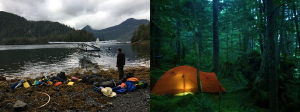
Yes… part of my job was to spend time in each of these Wilderness areas. It unbelievable to me too. Without having been to the Wilderness and without a true sense of place, my narratives could fall short of capturing the intangible aspect of each Wilderness area’s character. My time in the field solidified the information I’d read and all I learned in my conversations with specialists. Not to mention it was just plain inspiring. I feel so connected and committed to these areas now. I tried my hardest to do them justice and accurately reflect what makes them special and vulnerable in the narratives I wrote.
My favorite experience in the field was when I went on a 5 day “hitch” with the Wilderness Rangers to Kuiu Wilderness. All my Wilderness areas are on different islands than where I live (I am in the heart of the Alexander Archipelago in Southeast Alaska here). Therefore, a float plane had to drop us and all of our stuff (including inflatable kayaks) off in the Wilderness.
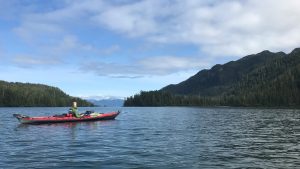
We set up base camp and kayaked out every day to check out known campsites and cultural/historical sites. I didn’t use my cell phone, look in a mirror, or see a single other person besides the other rangers for 5 days. The opportunity to quietly observe the landscape and wildlife without human inference brought me back to what’s important. I’m lucky to have spent the summer applying my classroom skills while both enjoying and protecting the land and ecosystems that I care about.
